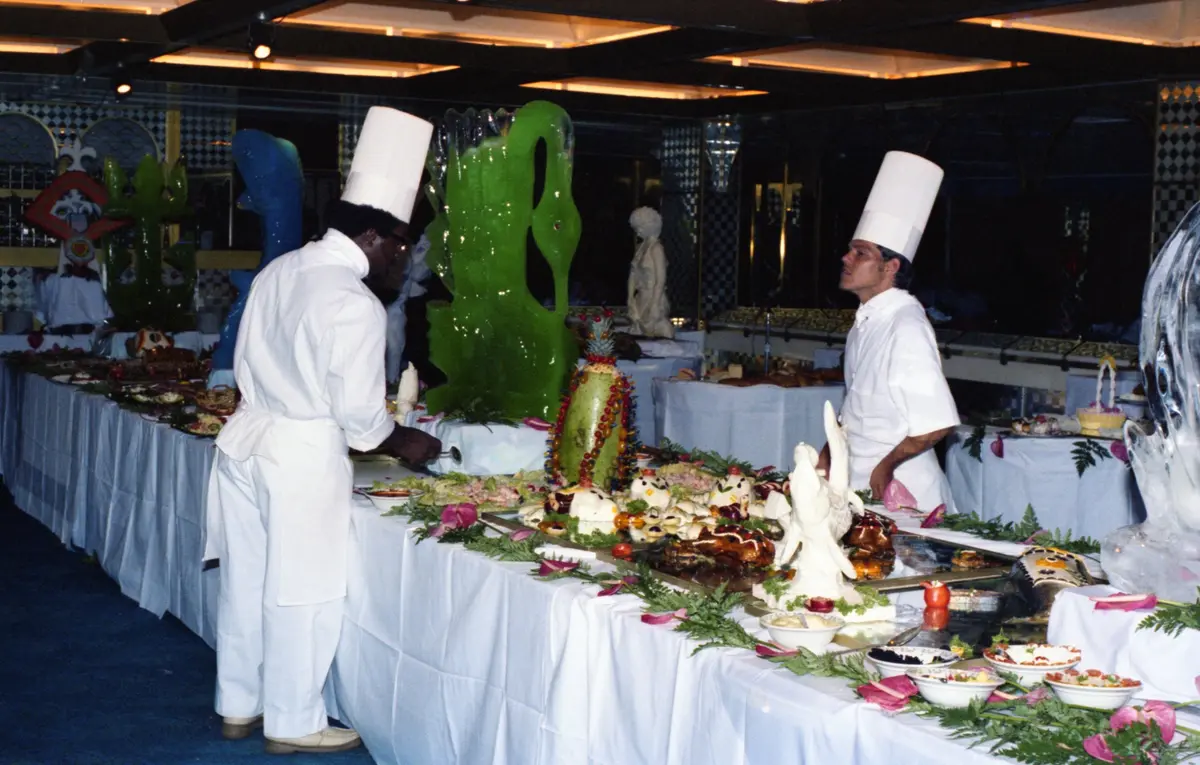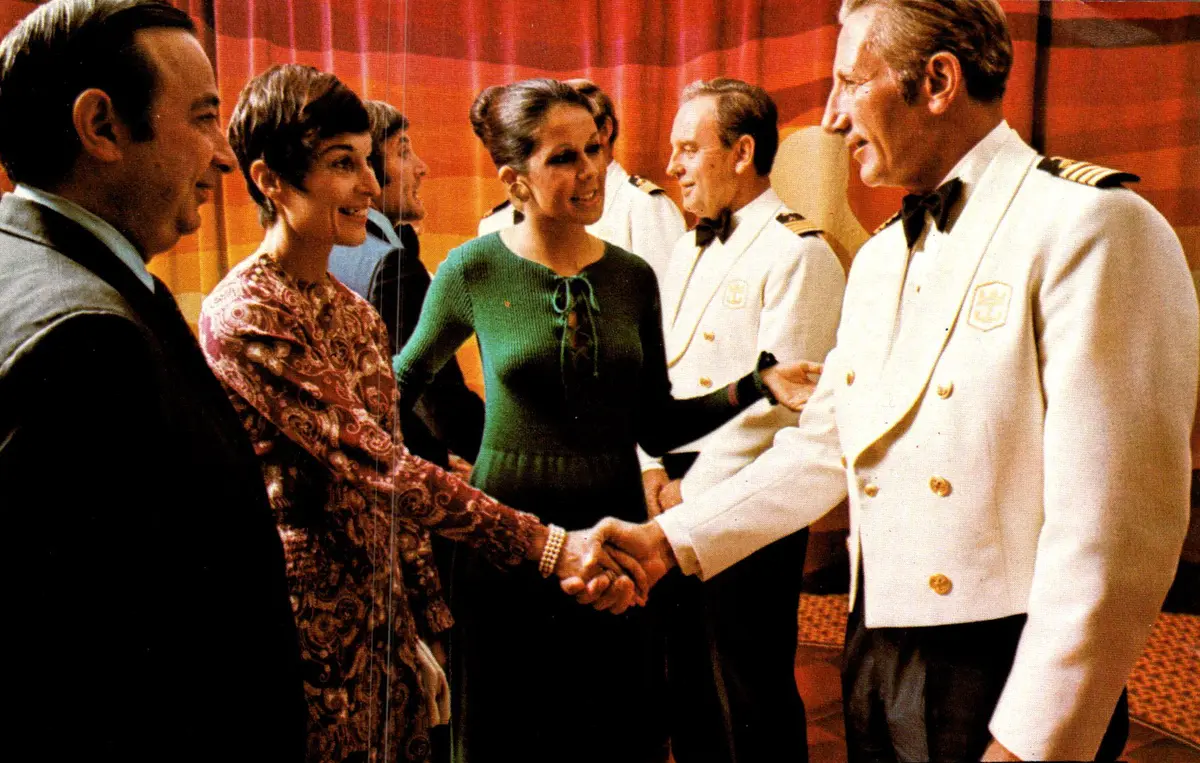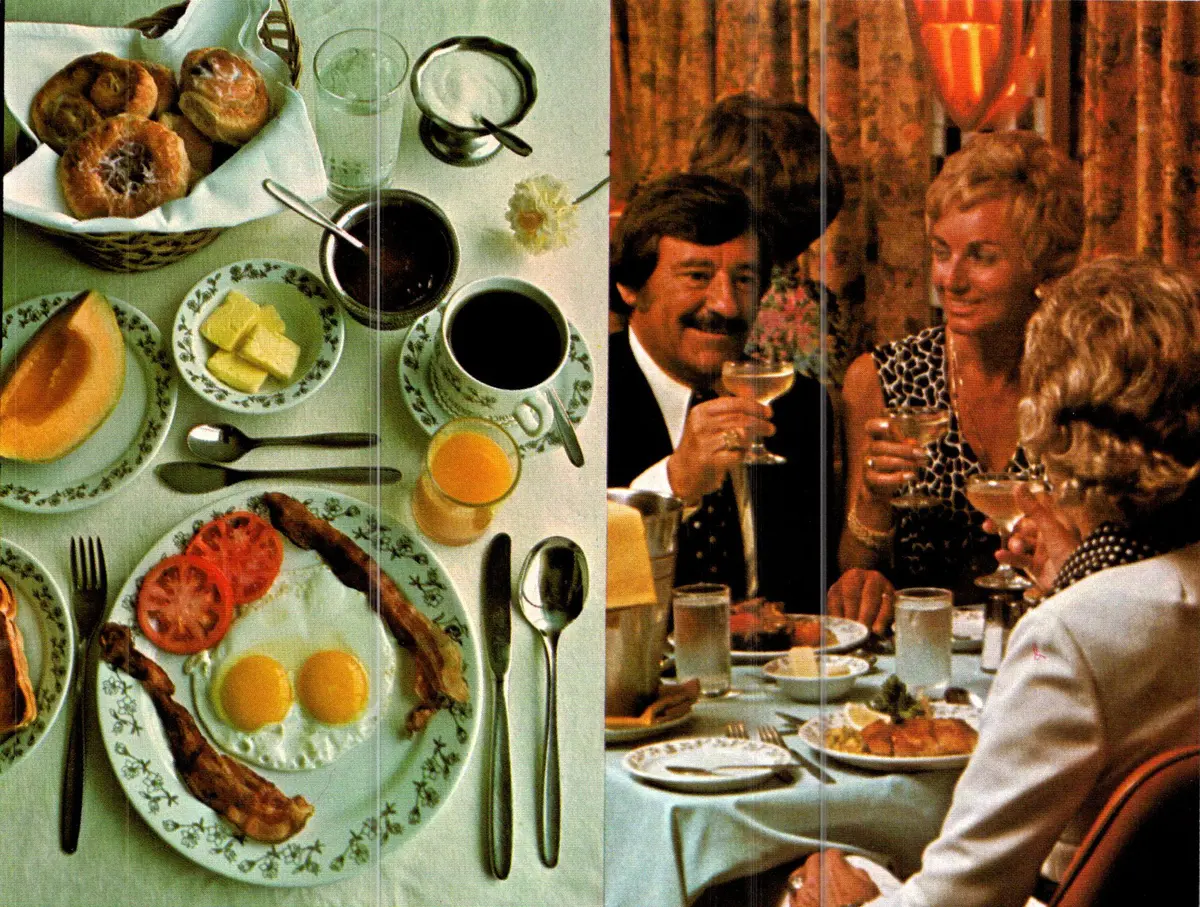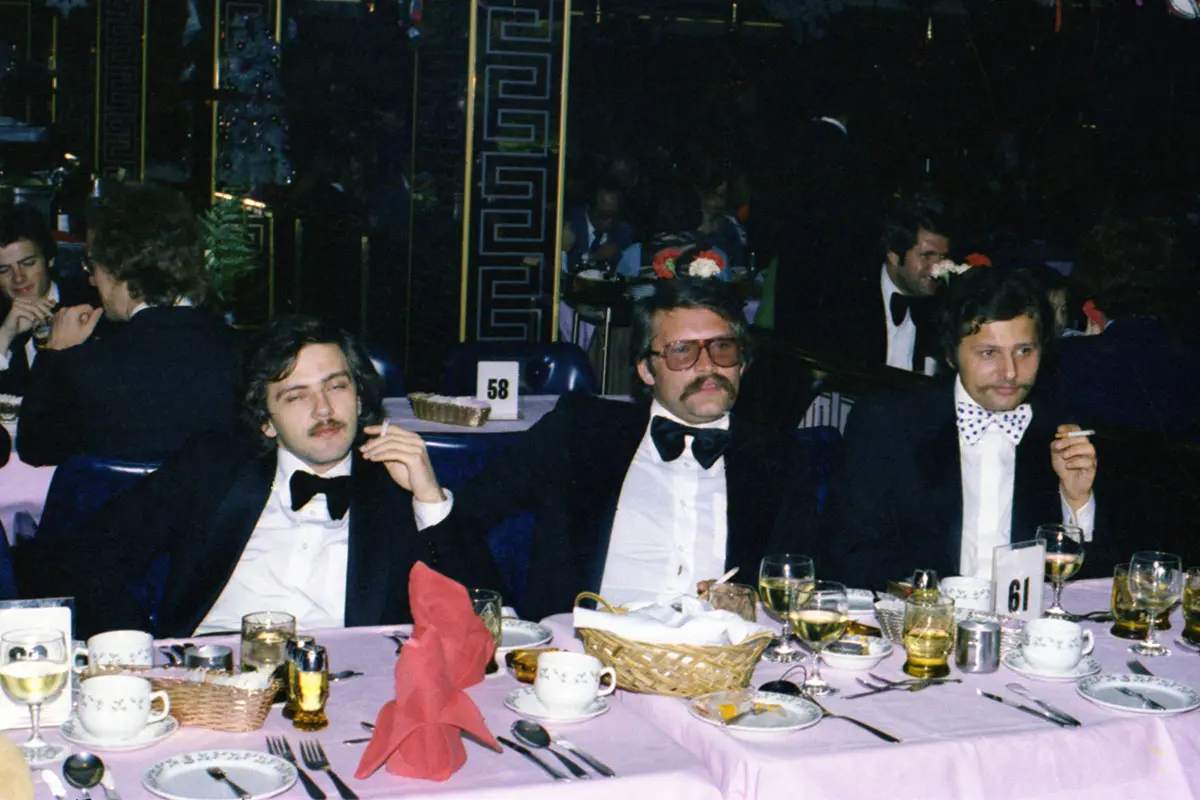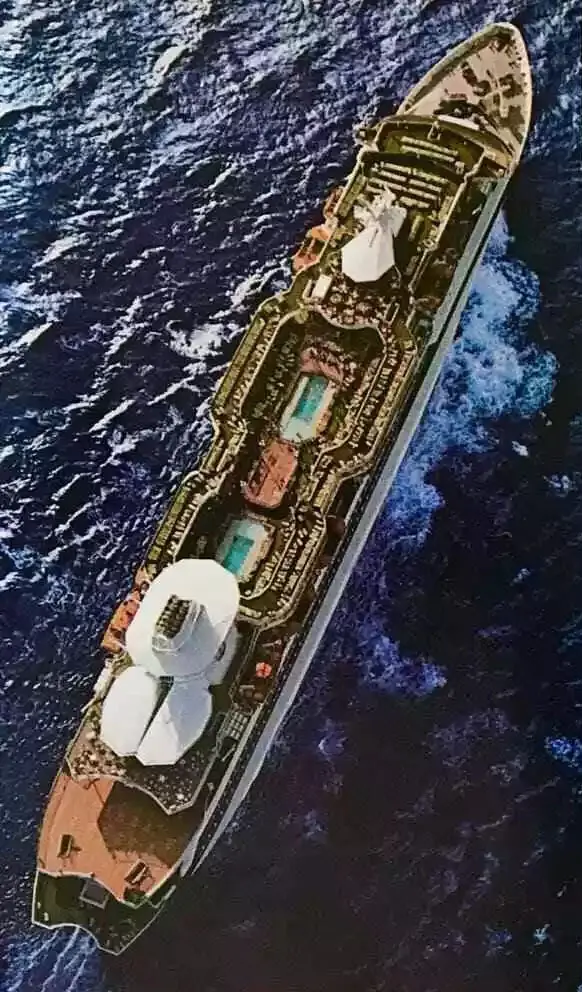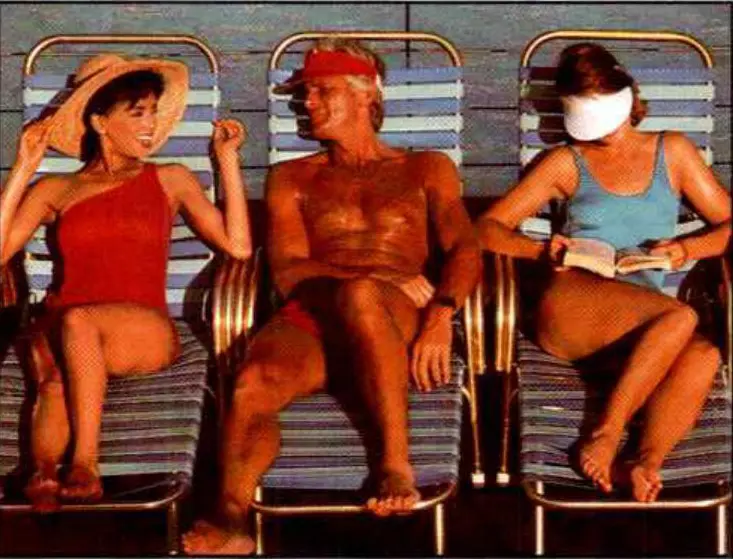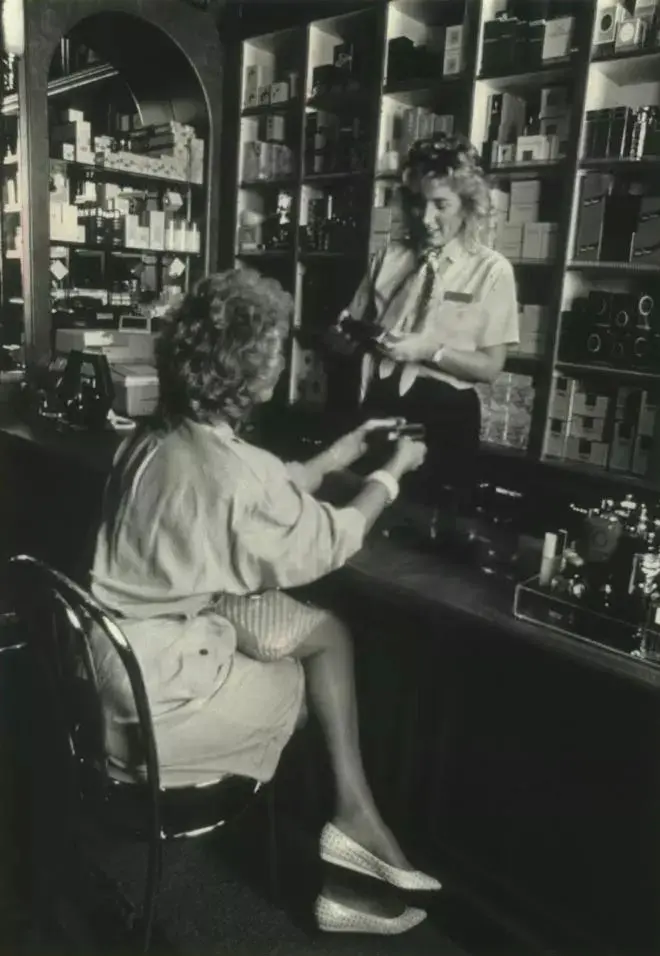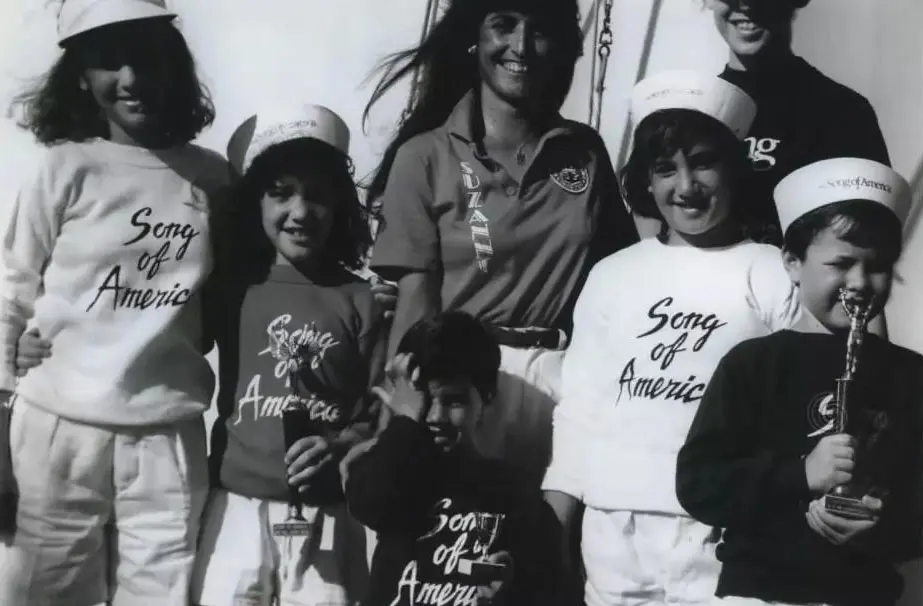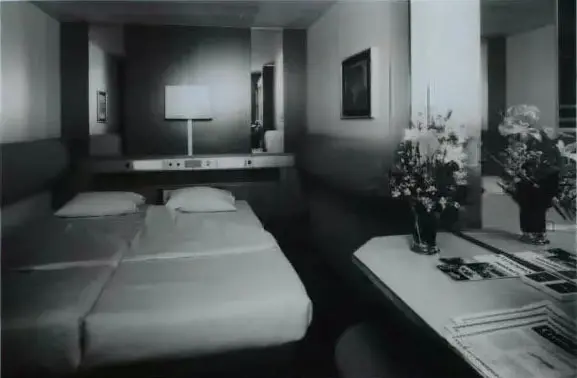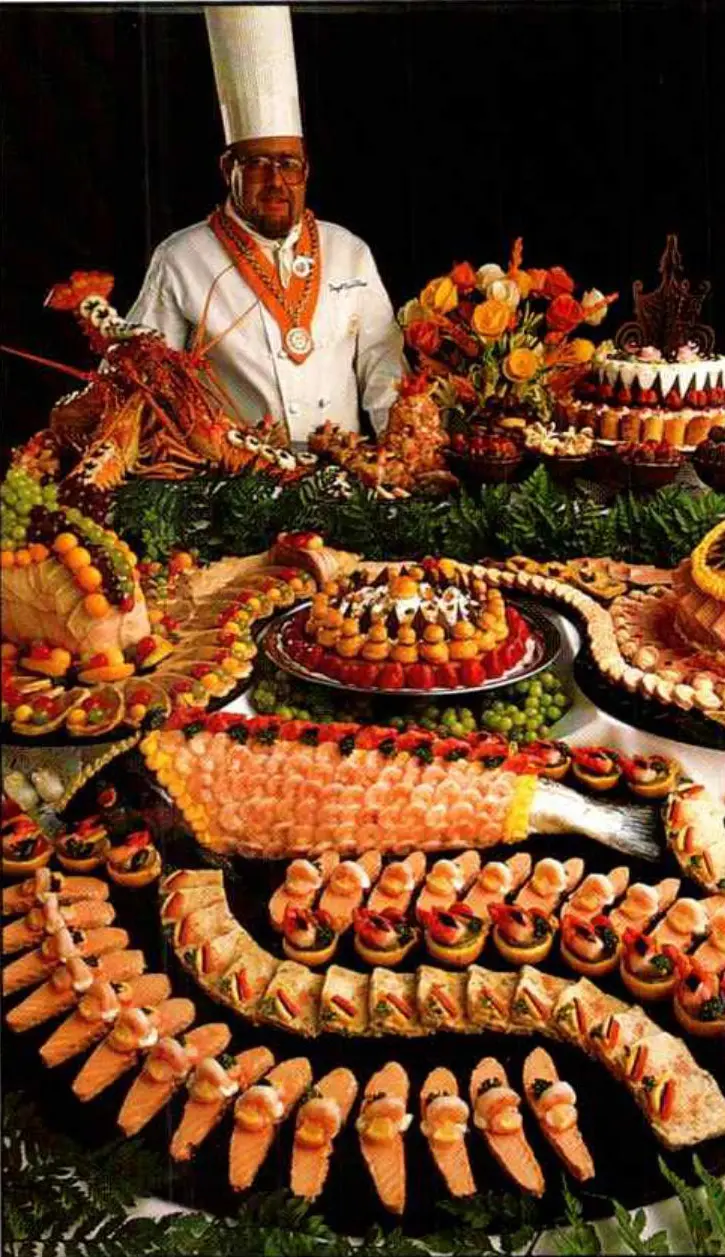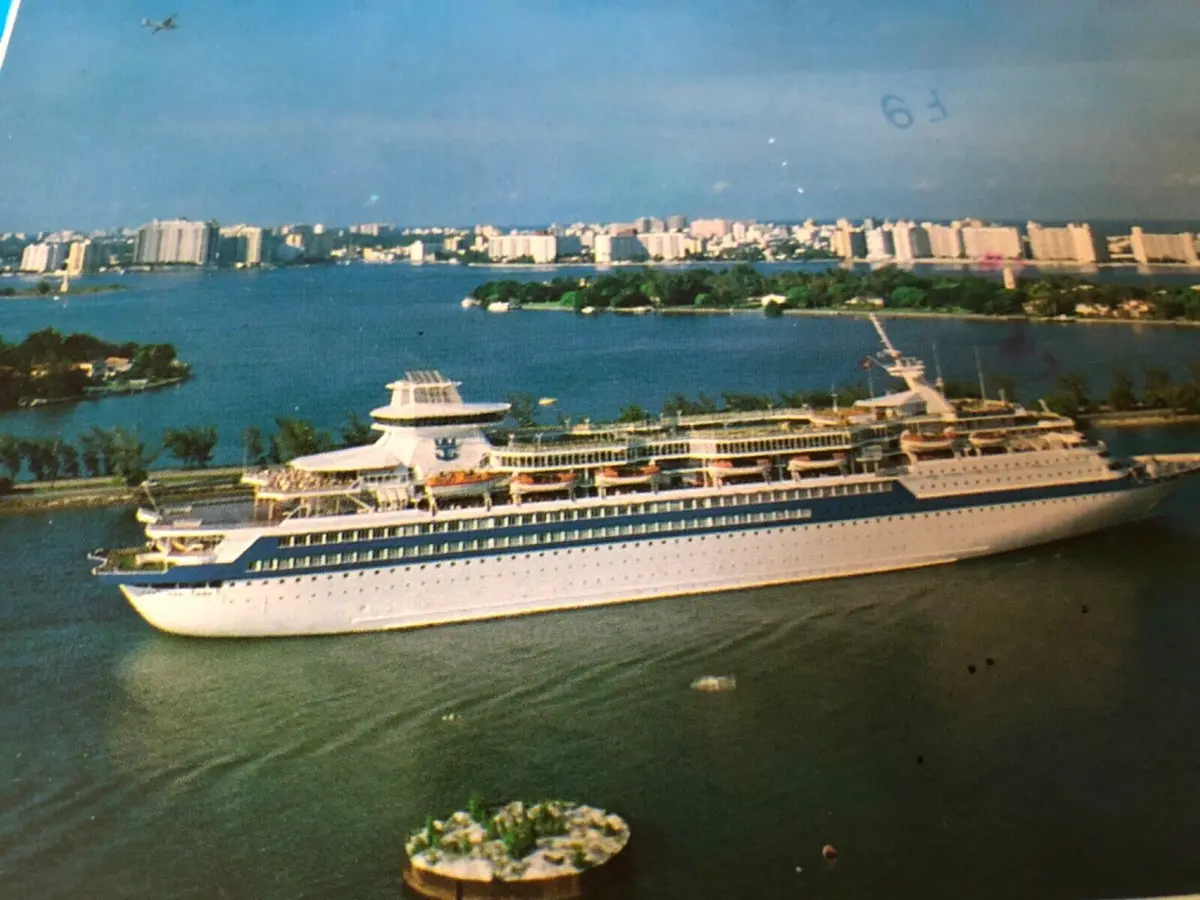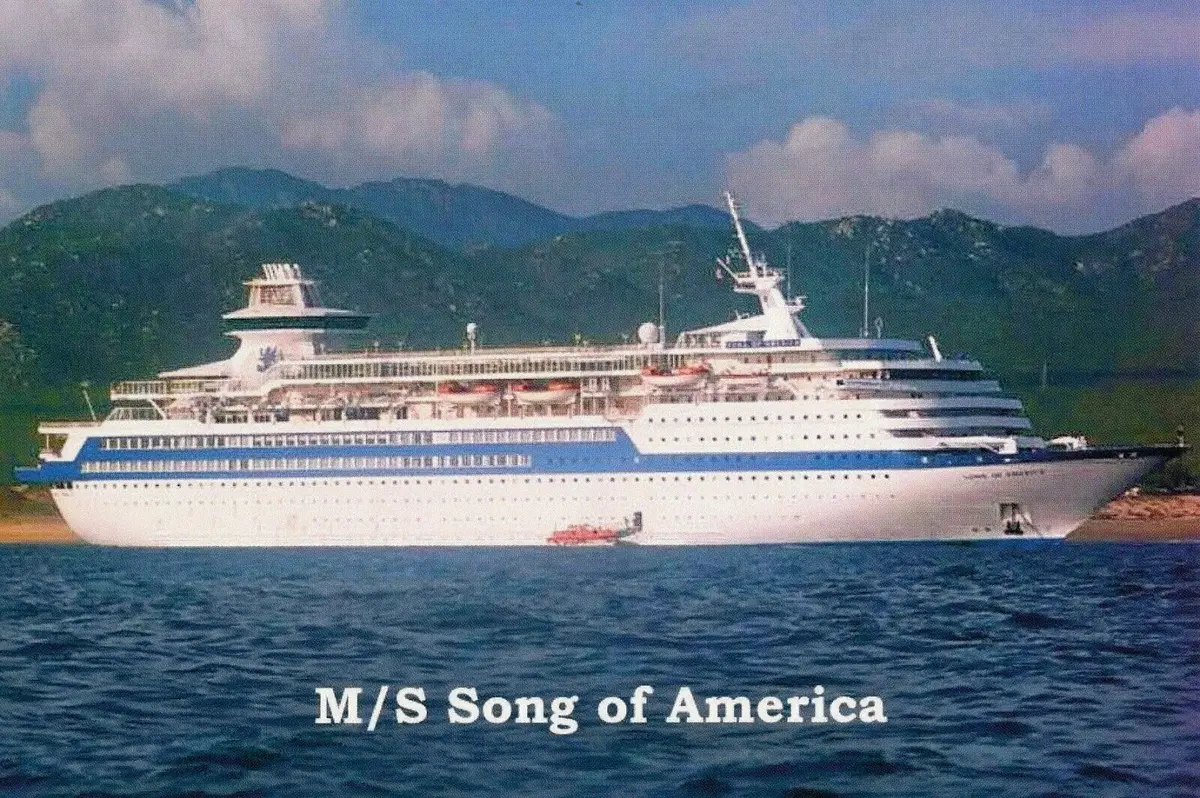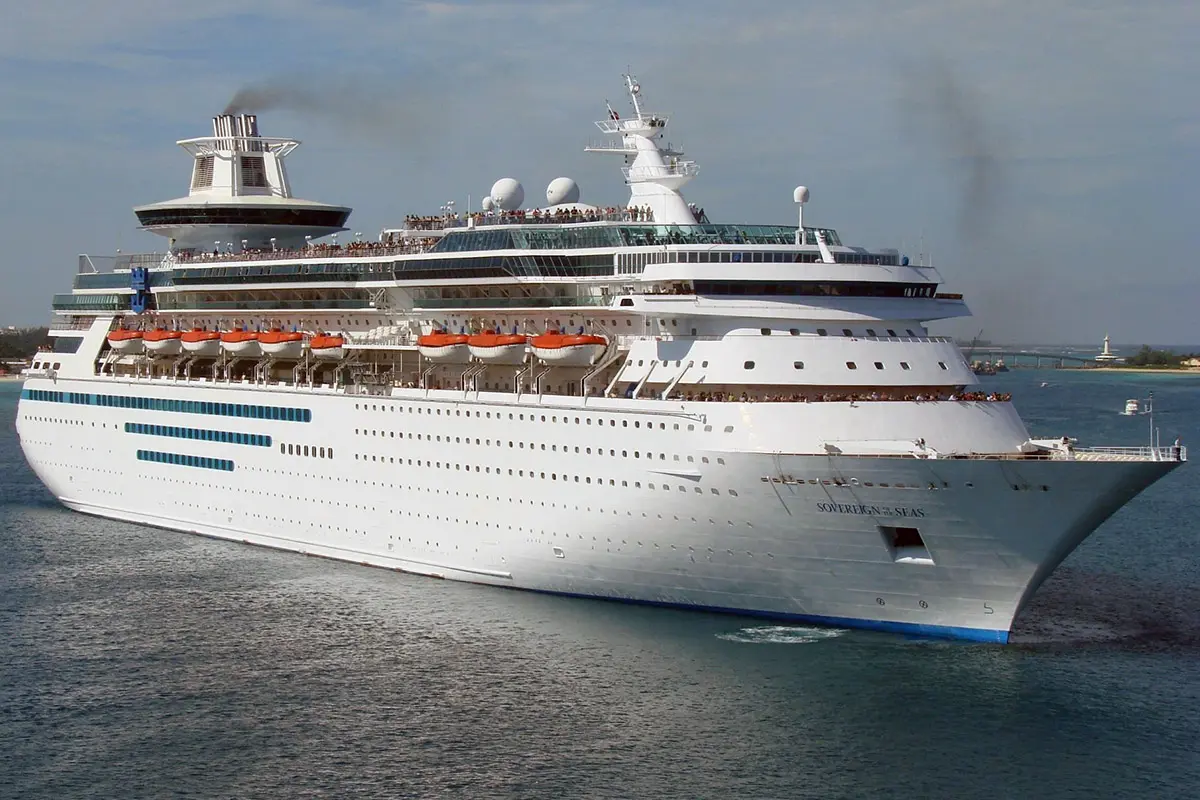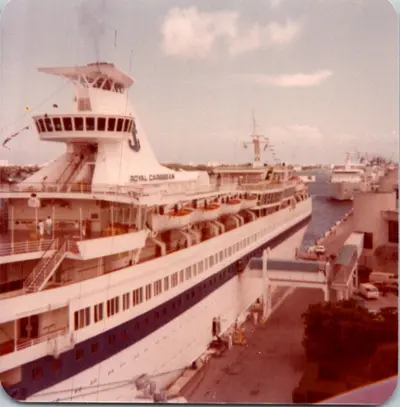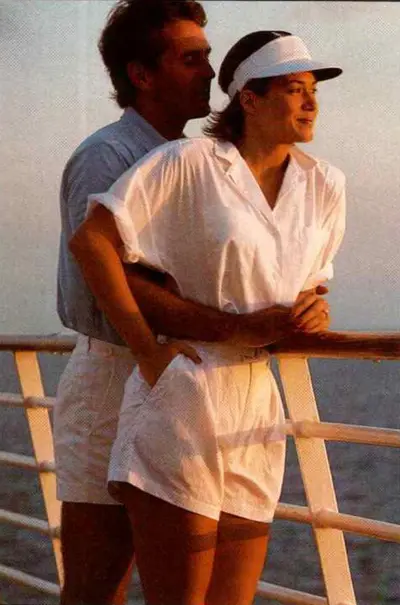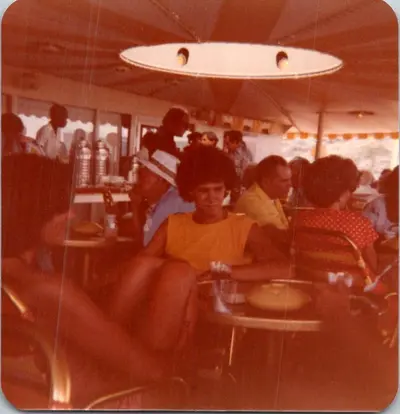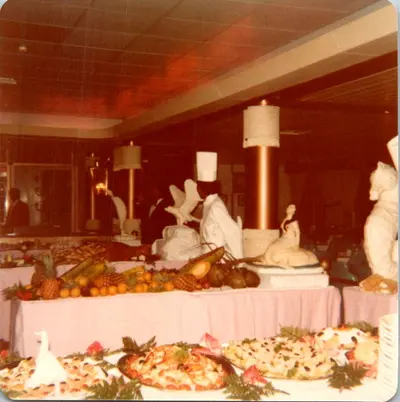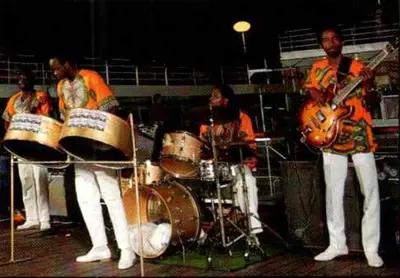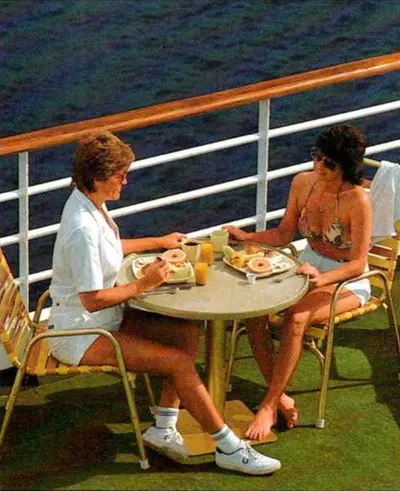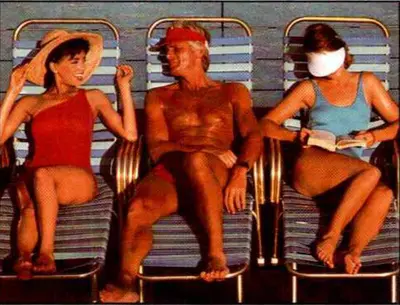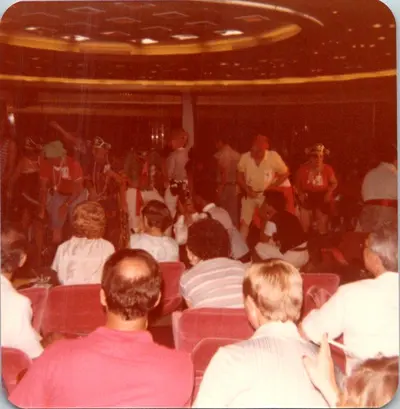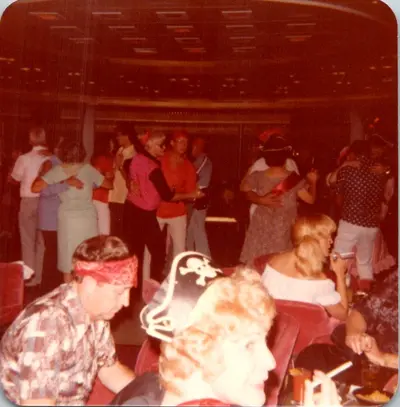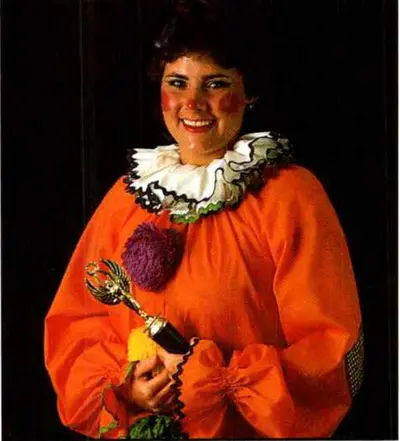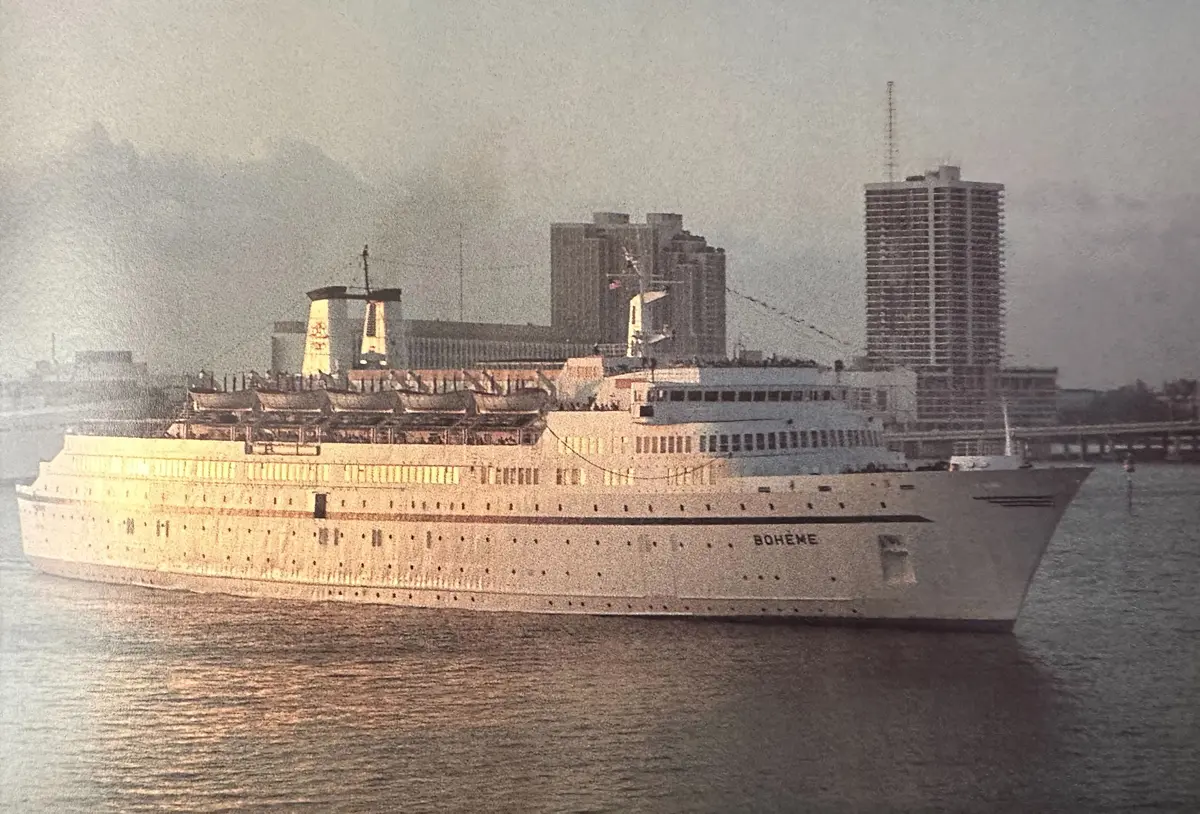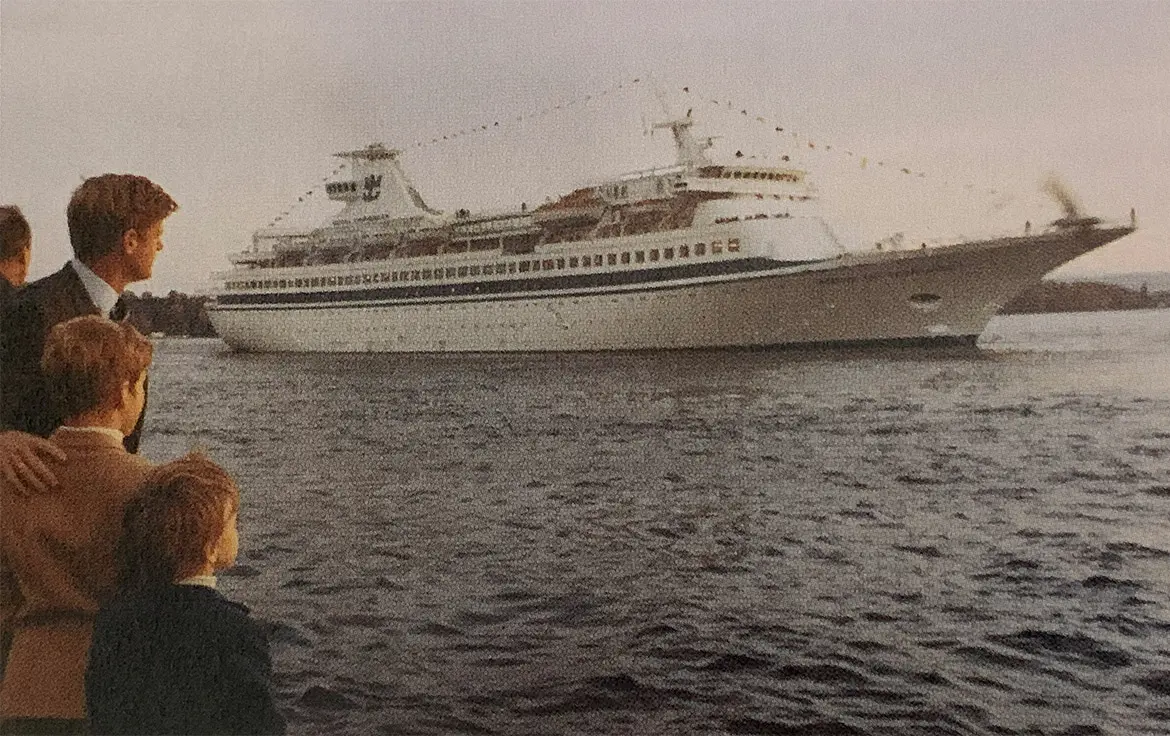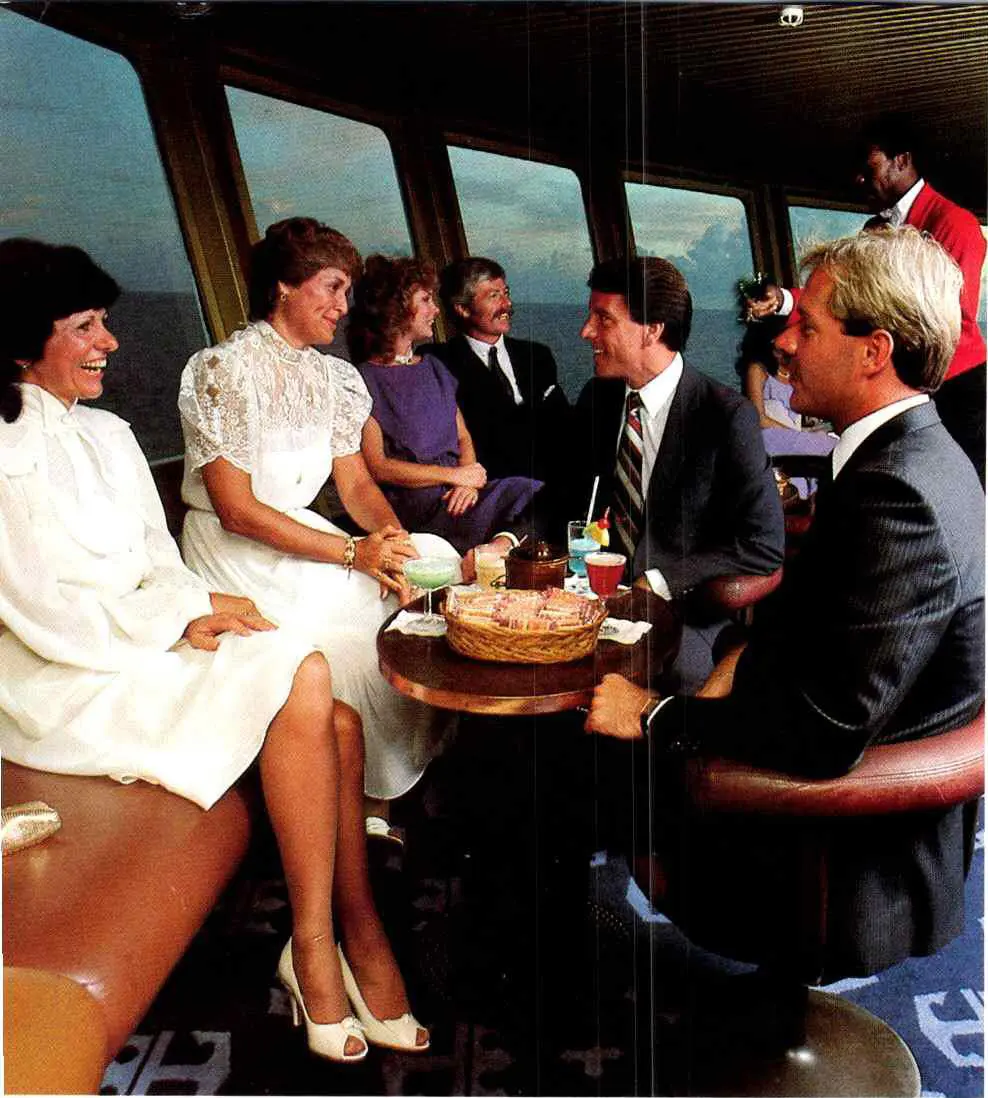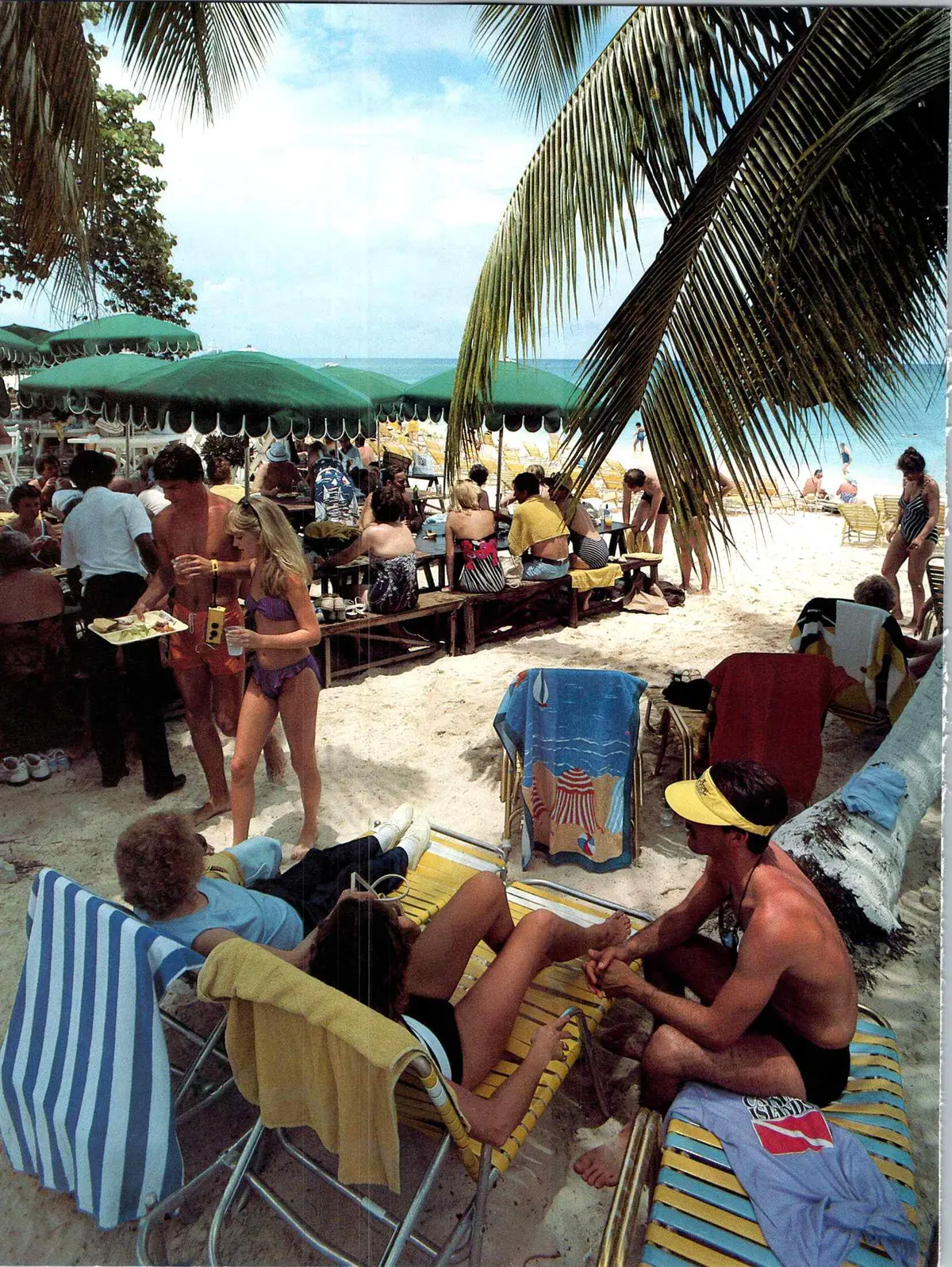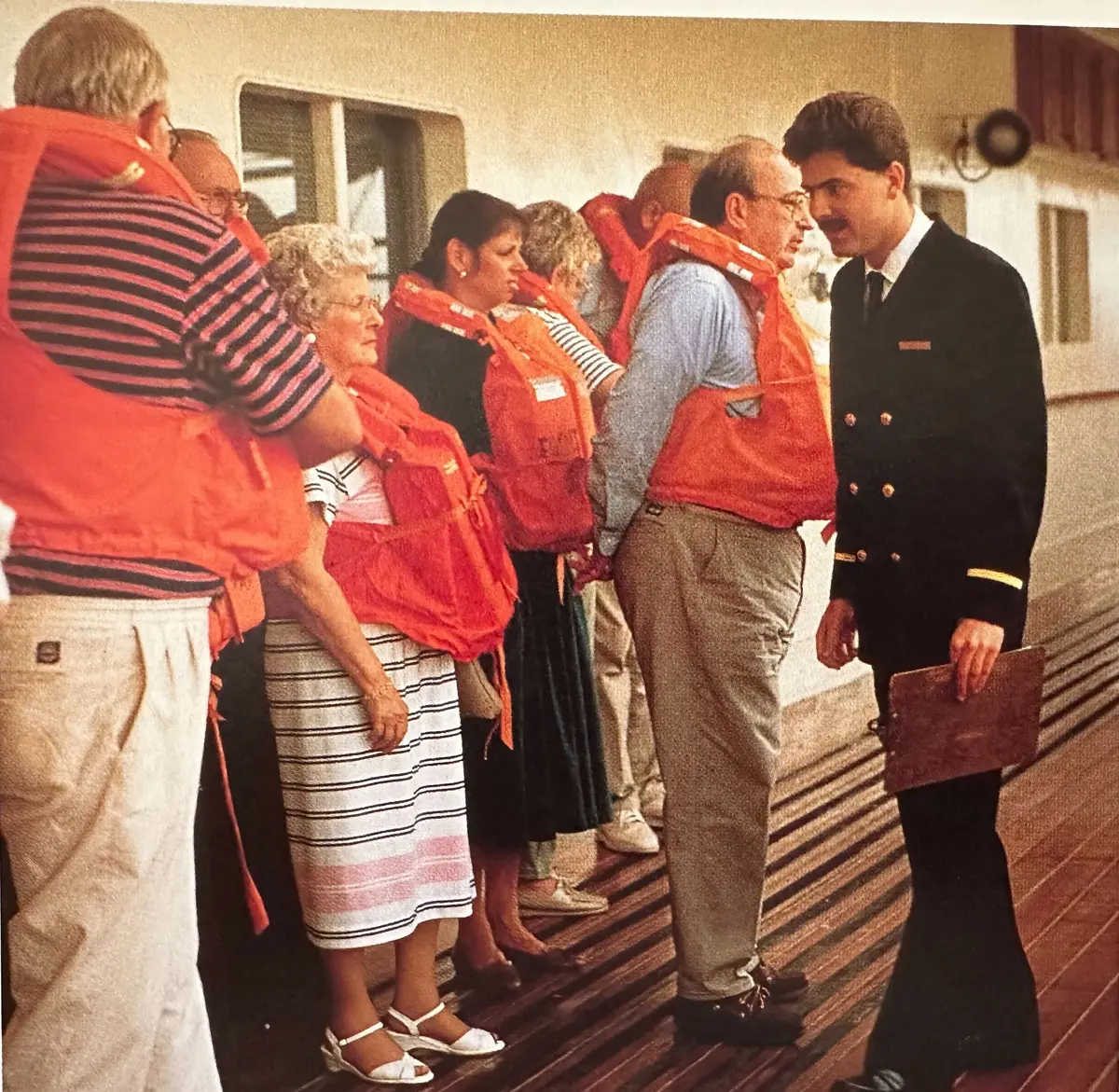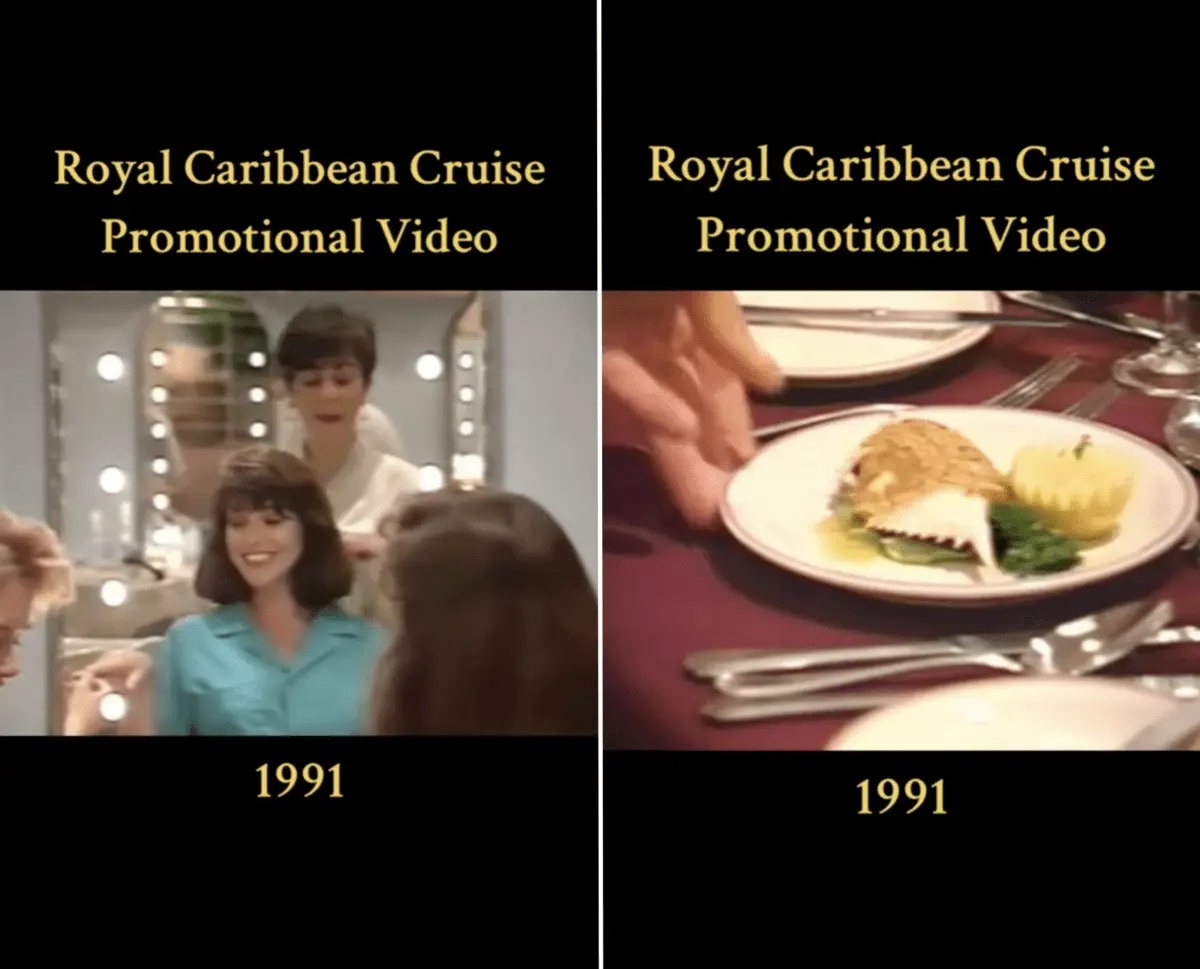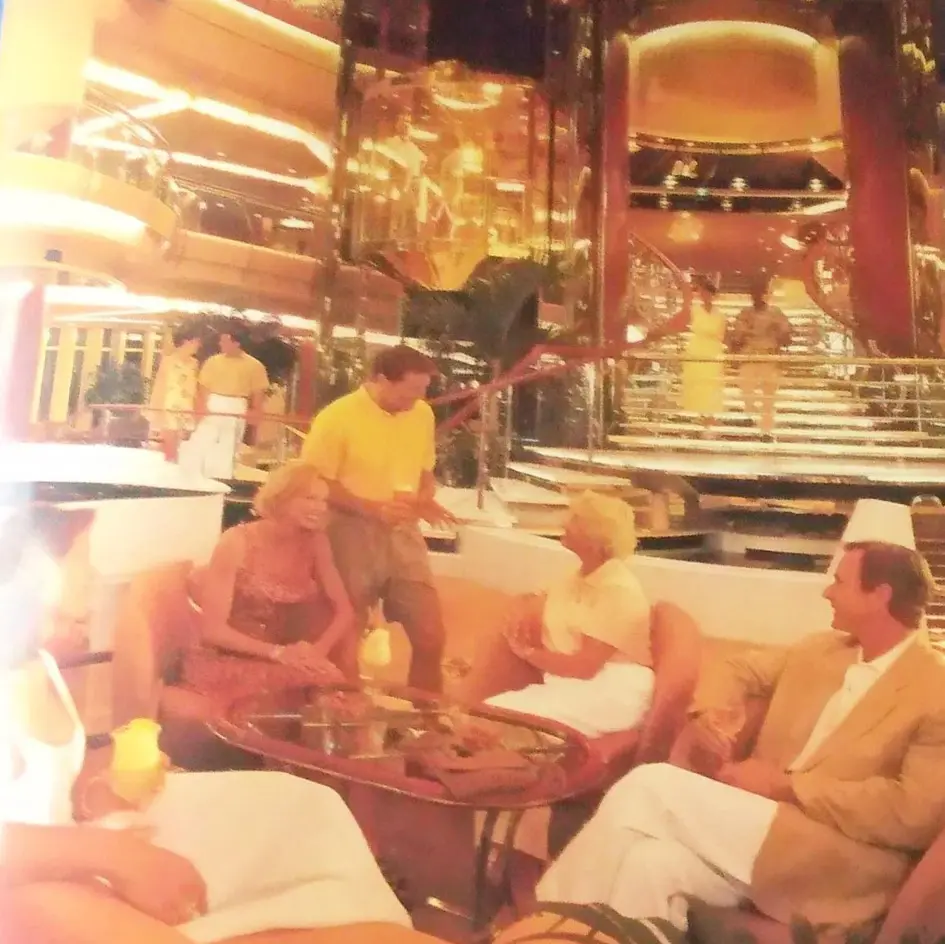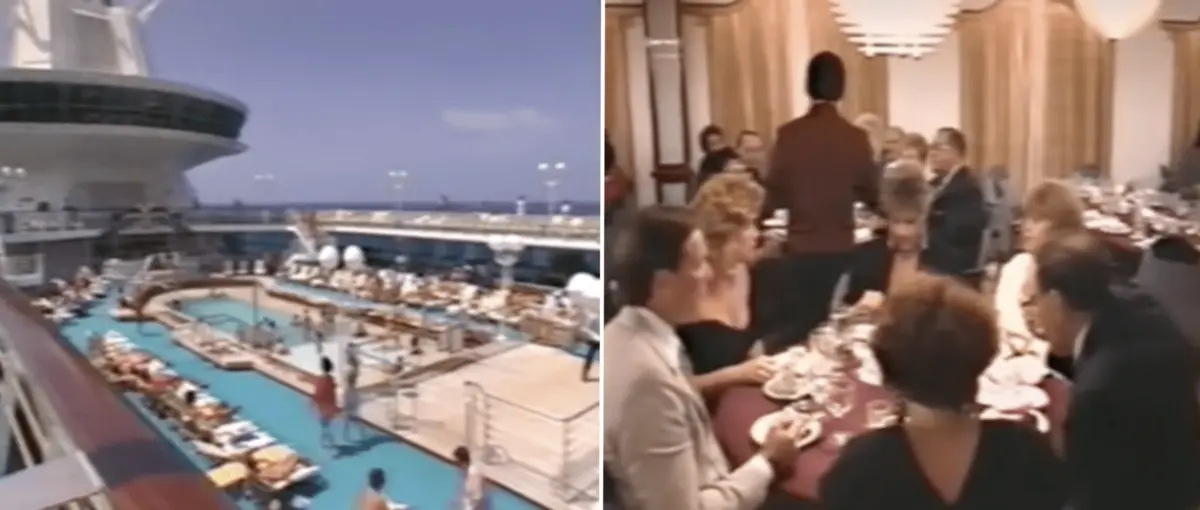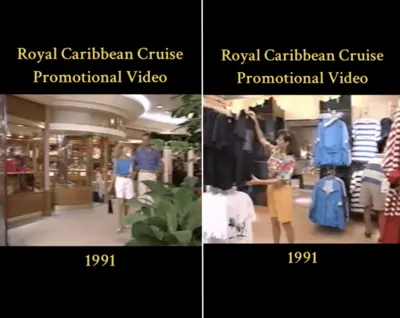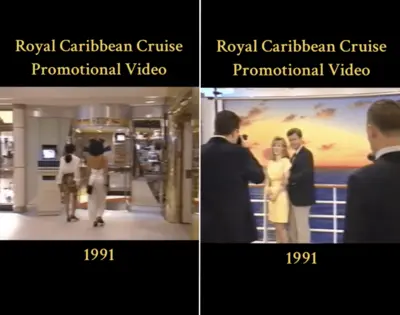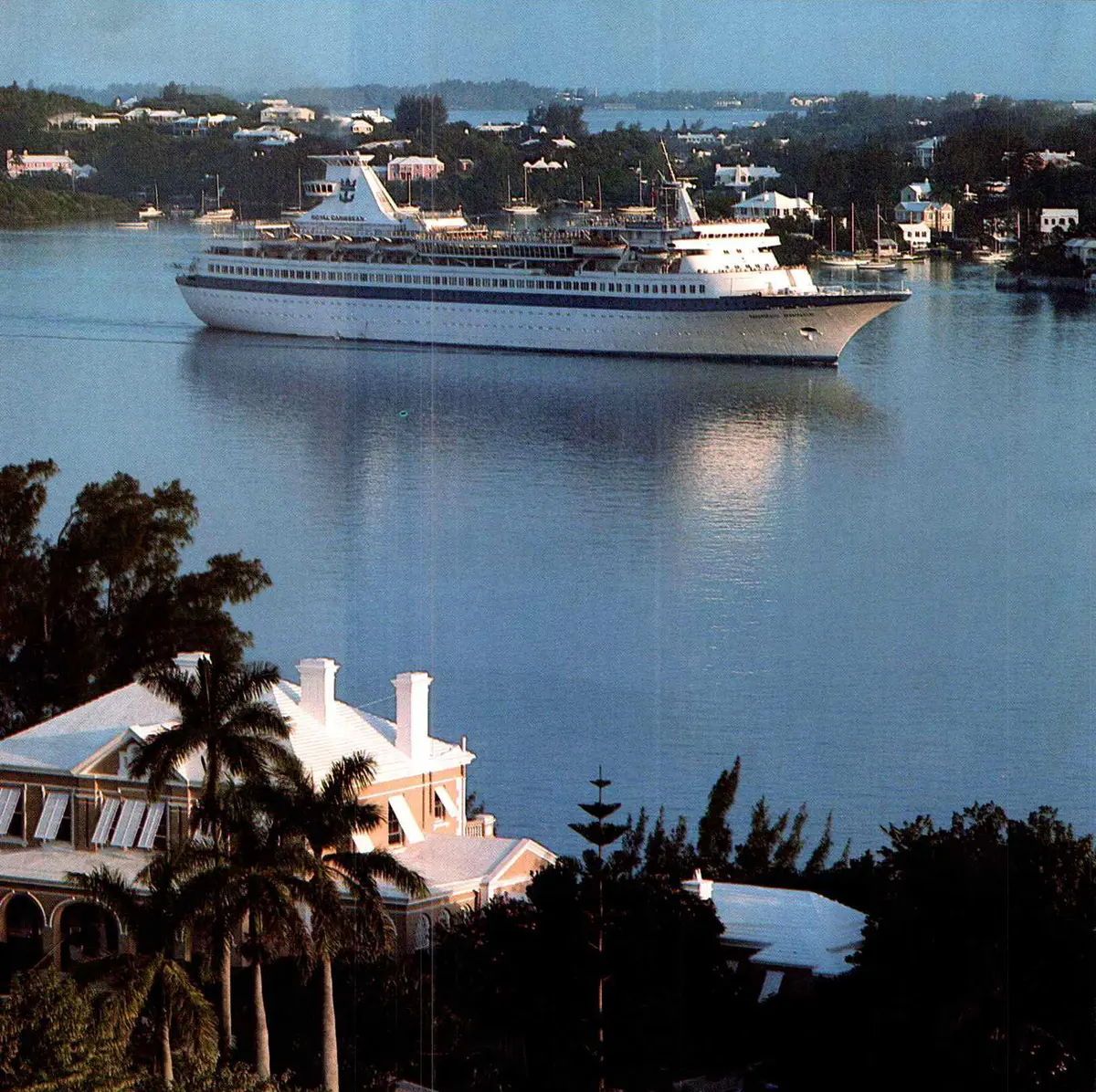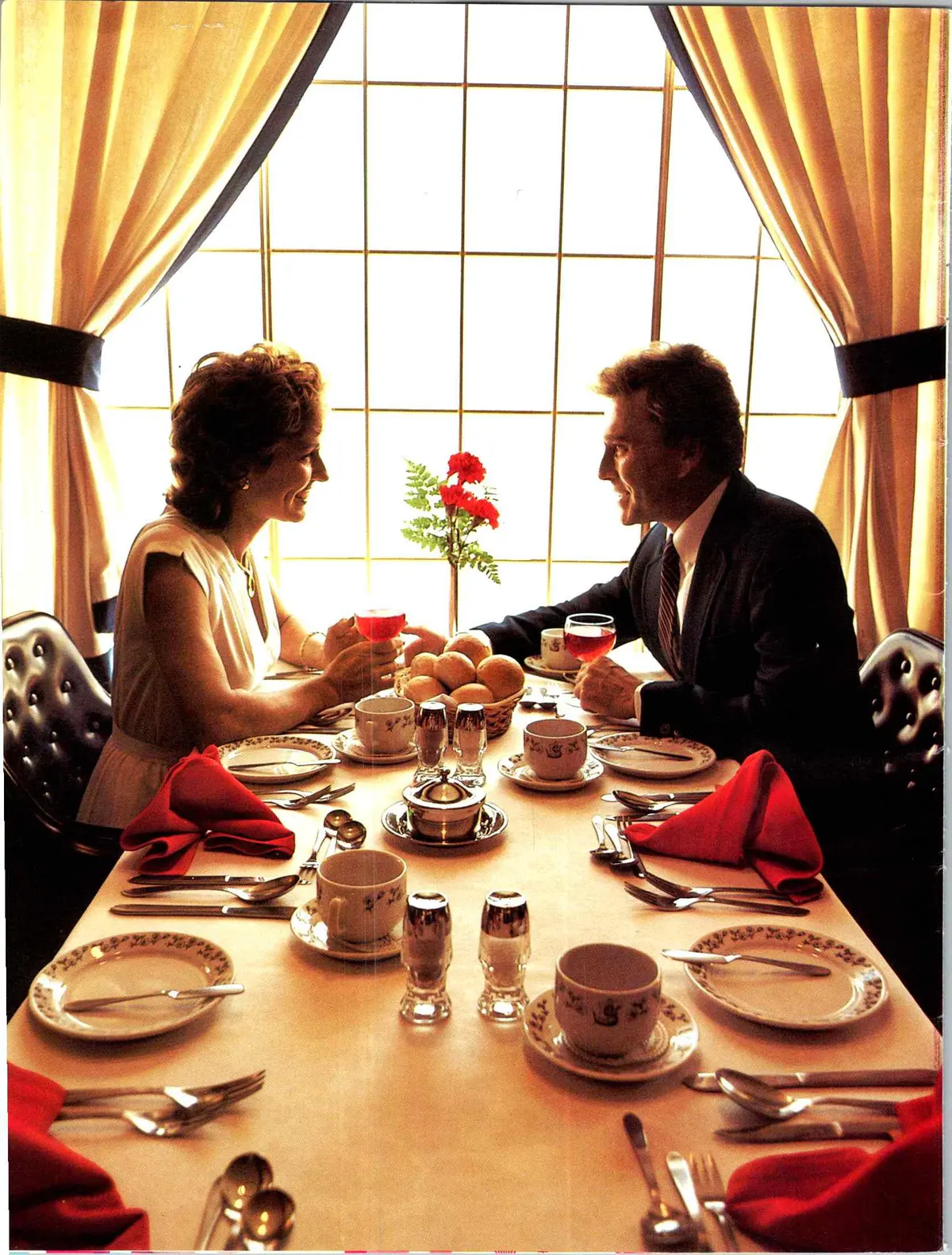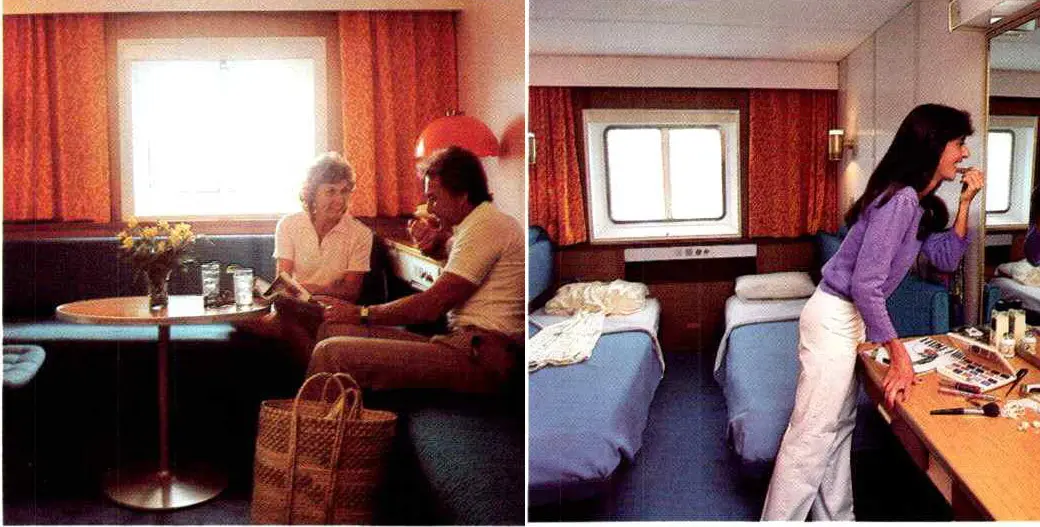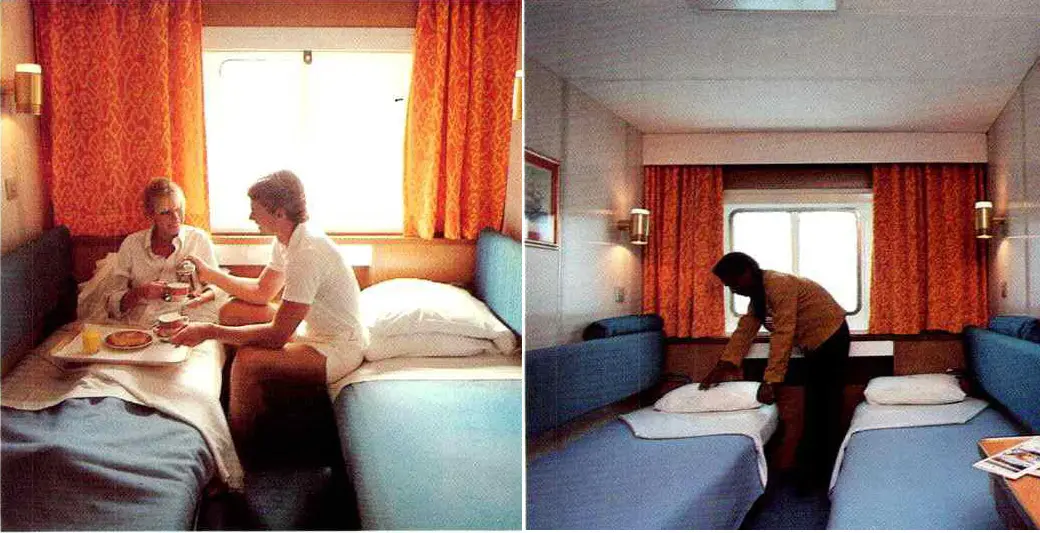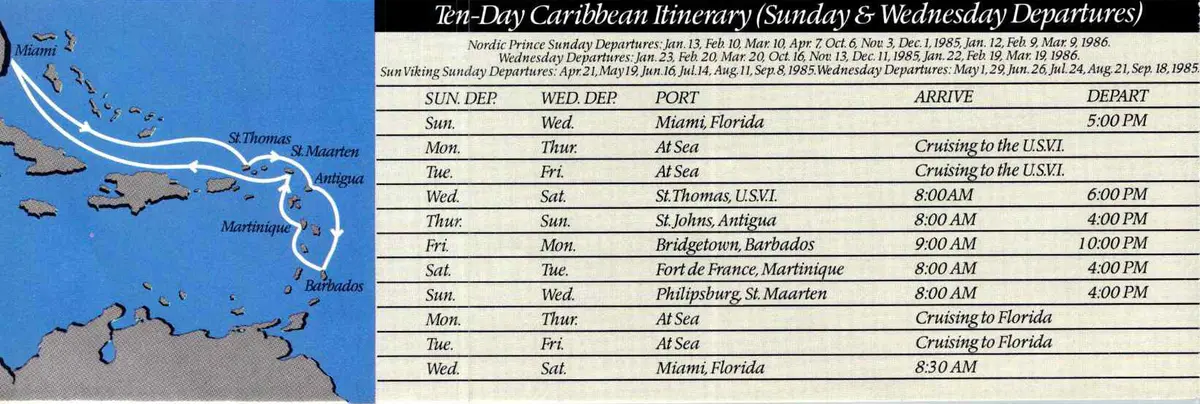Royal Caribbean currently has 26 cruise ships–soon to be 27–but did you know that the cruise line once owned an additional 11 ships?
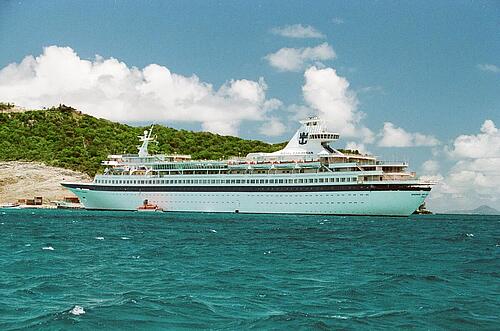
When Royal Caribbean was founded in 1968, the cruise line ordered three ships: Song of Norway, Nordic Prince, and Sun Viking. These cruise ships, while small by today’s standards, were record-breaking vessels that led the way for today’s mega ships like Wonder of the Seas and Icon of the Seas.
But as more and more cruise ships came to be over the next few decades, older ships retired, were sold to other companies, and later met their fate at the scrapyard.
So what happened to Royal Caribbean’s first ships?
Song of Norway

Ship's fate: Scrapped
Royal Caribbean’s first cruise ship, the Song of Norway, was launched in 1970, as one of the first large ships to be built specifically for Caribbean cruising instead of a converted ferry or ocean liner.
Related: What happened to Royal Caribbean’s first cruise ship?
The ship is an important piece of the cruise line’s history, as she set the way for Royal Caribbean’s major success throughout the next five decades.
The Song of Norway originally weighed 18,000 gross tons and had a capacity for only 724 passengers. She was lengthened in the late 1970s to increase capacity to 1,024 passengers. Following the ship’s lengthening, she sailed 7 and 14-night cruises from Miami.
Related: The story of how Royal Caribbean cut a cruise ship in half and lengthened it

Cruising in the 1970s was quite different from cruising today. Song of Norway had its own radio station, guests received a passenger list of everyone onboard, there was a midnight buffet, and skeet shooting was available on sea days.
Related: What it was like to go on a Royal Caribbean cruise in the 1970s
After 26 years of service for Royal Caribbean, the former Song of Norway was sold to Sun Cruises in 1996. She operated as the Sundream until 2004, when she was sold to Caspi Cruises as the MS Dream Princess. She was sold several times again and operated under the names Dream, Clipper Pearl, Clipper Pacific, Festival, and Ocean Pearl.
The Song of Norway’s last operations were under the name Formosa Queen as a floating casino in China operated by Hong Kong’s Star Cruises.
In 2014, the former Song of Norway (Formosa Queen) was scrapped in China.
Nordic Prince
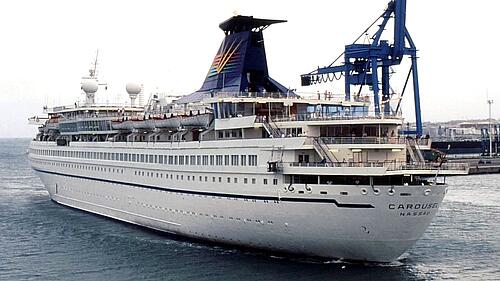
Ship's fate: Scrapped
The Nordic Prince was the second ship built for Royal Caribbean. She launched in the summer of 1971, offering cruises from Miami. After being lengthened in 1980, however, Nordic Prince offered cruises around the world.
She operated for Royal Caribbean until 1995, at which point she was sold to Sun Cruises with the new name Carousel. In 2004, she was sold once again to Louis Cruise Lines (now Celestyal Cruises) and was renamed Aquamarine.
After being chartered to Transocean Tours for five years under the name Arielle, she was returned to Louis Cruise Lines in 2008 and operated as the Aquamarine until being sold to Ocean Star Cruises in 2010.
The former Nordic Prince operated as the Ocean Star Pacific under Ocean Star Cruises until May 2012. She was then acquired by PV Enterprises International, who changed her name to Pacific (and later the Pacific Victory).
She encountered many technical and engine difficulties during her later years of service, from a gash on the hull above the water line in 2008 to a fire in the engine room in 2011. In 2014, she ran aground in the Philippines en route to India for ship breaking.
The Pacific was decommissioned and scrapped in 2015.
Sun Viking
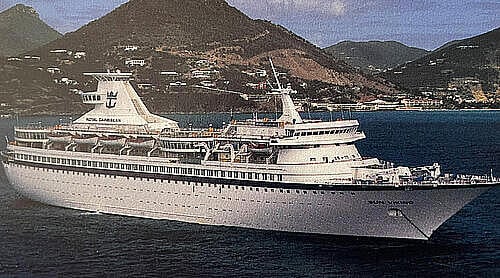
Ship's fate: Scrapped
The Sun Viking is the last of three original ships ordered by Royal Caribbean. At 18,000 tons, she would be dwarfed in comparison to today’s largest cruise ships (with Wonder of the Seas at 236,857 tons).
Sun Viking sailed in the Caribbean and Mexican Riviera, and she operated under Royal Caribbean until being sold to Star Cruises in 1998. She was renamed the SuperStar Sagittarius and later sailed for the Hyundai Merchant Marine as the Hyundai Pongnae and Asia Cruises as the Omar III.

Once again renamed to the Long Jie and later the Oriental Dragon, the former Sun Viking operated as a gambling ship in Asia in her later years.
She was retired in 2021 and the former Sun Viking was beached in Pakistan in January 2022.
Song of America

Image credit: CeeGee
Ship's fate: Sailing under another brand
Launched in 1982, Royal Caribbean’s Song of America cruise ship was double the size of its previous ships at 37,584 GT. She was the first ship to be built with the Viking Crown Lounge providing 360 degree views around the ship.
Song of America initially sailed Caribbean cruises from Miami to Nassau, San Juan, and St. Thomas, but she later ran cruises from New York to Bermuda.
She sailed under Royal Caribbean until 1998 when Song of America was sold to Sun Cruises, although the ship was chartered back to Royal Caribbean until 1999.
Renamed the MS Sunbird, the former Song of America was based in the Mediterranean. She was sold to Louis Cruise Lines in 2004 and operated under the name MS Thomson Destiny. In 2012, she began operating under the name Louis Olympia, homeporting from Piraeus, Greece.
Today the former Song of America is operating under Celestyal Cruises as the Celestyal Olympia in the Greek Isles. She is the oldest former Royal Caribbean ship still in operation.
Viking Serenade

Ship's fate: Scrapped
The Viking Serenade is the only former Royal Caribbean ship that was not originally built for the cruise line.
She launched in 1982 as the largest cruiseferry in the world, the MS Scandinavia, for Scandinavian World Cruises. After several years of service as the MS Scandinavia and MS Stardancer, she was sold to Royal Caribbean in 1990.
The Viking Serenade was converted into a cruise ship from a cruiseferry in 1991, when she began sailing for Royal Caribbean. Just 11 years later, however, Viking Serenade was transferred to Island Cruises, a former subsidiary of Royal Caribbean, and was renamed the Island Escape.
She sailed for Island Cruises until 2009, when she joined Thomson Cruises. In 2015, she was sold to Floating Accommodations, a US-based company that provides housing needs for short and long term projects. The ship was renamed the Ocean Gala.
The Ocean Gala was contracted by the Swedish Migration Agency in 2016 to be used as a floating hotel for asylum seekers, but plans did not materialize.
The ship spent 2017 in limbo, first near Suez and later in Abu Dhabi before being scrapped in India in 2018.
Bonus: The retirement of modern ships
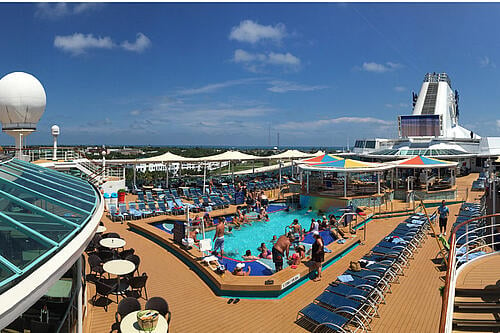
Royal Caribbean’s first five cruise ships were a starting point for the cruise line, but the ships that came later were game changers in the cruise industry.
And just as it’s hard to imagine mega ships like Oasis of the Seas or Odyssey of the Seas being scrapped, it was once just as difficult to picture Royal Caribbean’s Sovereign and Vision Class vessels at the scrapyard.
Six of Royal Caribbean’s more modern ships have been retired from the fleet, each of which has encountered a different fate.
Sovereign of the Seas

Ship's fate: Scrapped
Sovereign of the Seas, despite being considered a small ship by today’s standards, was once the largest cruise ship in the world. At 73,529 gross tons and with a capacity of 2,850 passengers, she was much larger than Royal Caribbean’s previous cruise ships.
As the first Sovereign Class cruise ship, her maiden voyage was in April of 1988, and she was the first Royal Caribbean ship to feature the cruise line’s signature suffix “of the Seas.”
Related: Take a look back to a Sovereign of the Seas cruise in 1998

Sovereign of the Seas sailed for Royal Caribbean from 1988 to 2008, when she was transferred to Pullmantur Cruises, a subsidiary of Royal Caribbean. She was renamed the MS Sovereign and sailed for Pullmantur Cruises until they filed for reorganization in 2020.
The vessel was scrapped in Turkey from August 2020 through February 2021.
Monarch of the Seas

Ship's fate: Scrapped
Monarch of the Seas was a Sovereign Class cruise ship that launched in 1991. Like sister ship Sovereign of the Seas, she was one of the largest cruise ships in the world.
She sailed for Royal Caribbean for twenty two years, and was the first ship in the world to be captained by a woman, Karin Stahre-Janson from Sweden.
In 2012, it was announced that Monarch of the Seas would be transferred to Pullamantur Cruises, and she officially transferred to the subsidiary in April 2013 as the MS Monarch.
Monarch was scrapped in 2020 alongside Sovereign of the Seas.
Splendour of the Seas
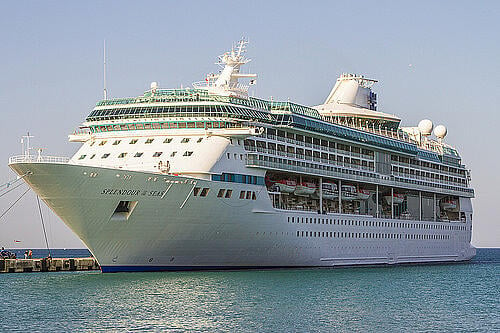
Ship's fate: Sailing under another brand
Spendour of the Seas, a Vision Class cruise ship, was launched by Royal Caribbean in 1996. She sailed for the cruise line until 2016, offering some of the most unique itineraries by the cruise line to destinations including Brazil, Oman, and Abu Dhabi.
In 2015, she was sold to Thompson Cruises/TUI cruises and she sailed her last Royal Caribbean itinerary in April 2016. She then began sailing under the name TUI Discovery for TUI Cruises.

Just one year later, though, Thomson Cruises announced it would be renamed Marella Cruises, and the ship was renamed once again to the Marella Discovery. She currently operates as the Marella Discovery and offers cruises to the Caribbean, Greek Isles, Israel, Cyprus, and Turkey.
Legend of the Seas

Ship's fate: Sailing under another brand
The second Vision Class ship to be sold by Royal Caribbean was Legend of the Seas. Legend of the Seas was the most traveled ship in Royal Caribbean’s fleet, having been based in Asia, Australia and New Zealand, the South Pacific, Alaska, Central America, Caribbean, the Baltic, Mediterranean, and the Middle East.
She sailed over 600 cruise itineraries during her 18 years in service for Royal Caribbean.
It was announced in June 2016 that Legend of the Seas, like sister ship Splendour of the Seas, would be sold to Thomson cruises. The last sailing of Legend of the Seas departed on March 13, 2017.
Legend of the Seas is currently operating under Marella Cruises as the Marella Discovery 2. She offers itineraries to the Caribbean, Panama Canal, Mediterranean, Greek Isles, Holy Land, and Egypt.
Empress of the Seas

Ship's fate: Sailing under another brand
Empress of the Seas (originally the Nordic Empress) was launched in 1990 as the sole ship in the fleet’s Empress Class.
After her launch in 1990, Empress of the Seas sailed for Royal Caribbean until 2008, when she was transferred to Pullmantur Cruises. In 2016, however, she was transferred back to Royal Caribbean.
She sailed for Royal Caribbean until the coronavirus pandemic in March 2020, and it was announced she would be sold to Cordelia Cruises in December 2020.
Related: A last look at Royal Caribbean's Empress of the Seas
Cordelia Cruises is a new Indian cruise line offering cruises to Mumbai, Kochi, Goa, Lahkshadweep, Chennai, and Visakhapatnam in India. Empress of the Seas (now named Empress) currently operates as the cruise line’s only ship.
Majesty of the Seas

Ship's fate: Sailing under another brand
Majesty of the Seas was launched in 1992. As a Sovereign Class ship, she had a capacity of nearly 2,800 passengers and weight of 73,941 gross tons.
She sailed for Royal Caribbean for 28 years, but in December 2020 it was announced that Majesty of the Seas had been purchased by Seajets, a Greek and Cypriot ferry company.
Related: A last look at Royal Caribbean's Majesty of the Seas
She was renamed Majesty of the Oceans, but it’s not clear if she is currently operating voyages, as there is no information about the vessel on the Seajets website. It appears she is in Greece, but plans for the ship are unclear.
Interested in more Royal Caribbean history? Check out these articles:





